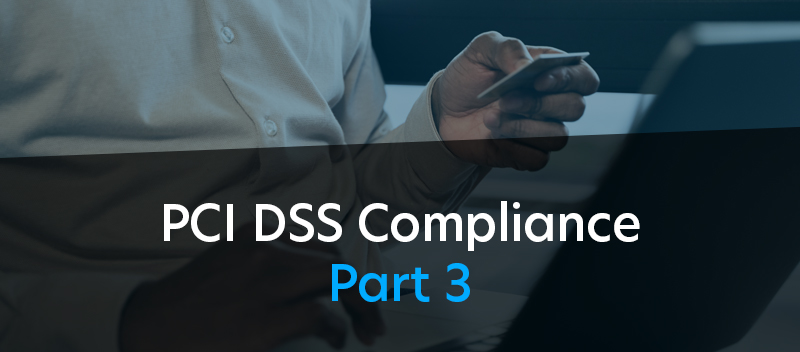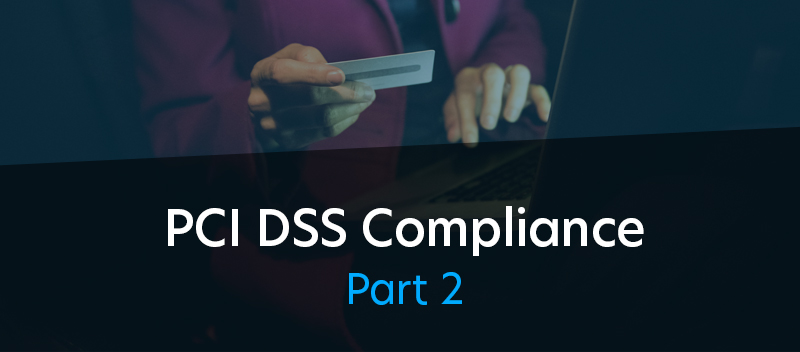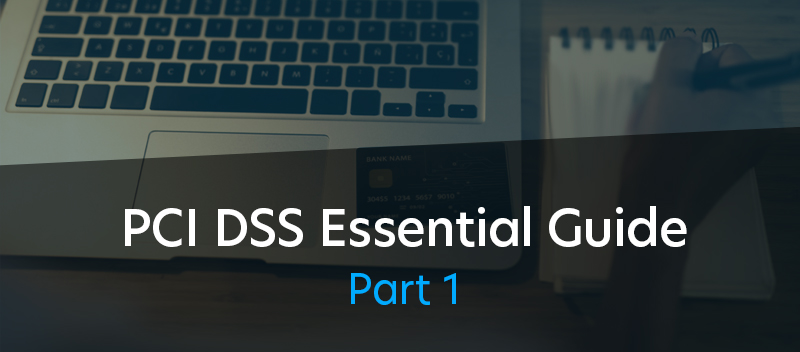Blog Unpacking the New PCI DSS 4.0 Requirement: INFI Worksheet All You Need to Know
Unpacking the New PCI DSS 4.0 Requirement: INFI Worksheet All You Need to Know

The Payment Card Industry Data Security Standard (PCI DSS) is a globally recognized information security standard designed to ensure that all businesses that process, store, or transmit credit card information maintain a secure environment. It is critical in safeguarding sensitive cardholder data and minimizing the risk of data breaches and credit card fraud.
With the evolution of digital threats, these standards must adapt and keep pace. In this vein, the Payment Card Industry Security Standards Council (PCI SSC) recently introduced an update to PCI DSS 4.0. A significant part of this update is the introduction of a new worksheet titled “Items Noted for Improvement” (INFI).
Understanding the INFI Worksheet
The introduction of the “Items Noted for Improvement” (INFI) worksheet in PCI DSS 4.0 marks a significant shift in the approach to data security compliance1. Initially, the Report on Compliance (ROC) in the initial version of PCI DSS v4.0 included an option for an “in place with remediation” status. However, following feedback from PCI stakeholders, this option was removed in the December 2022 re-publication of the v4.0 ROC template.
Despite removing the ‘in place with remediation’ status, the PCI SSC and industry stakeholders recognized the continuing relevance and necessity of a method to track and document remediation activities. As a result, the INFI worksheet was born.
Why the INFI Worksheet Matters
The INFI worksheet is an essential mechanism for tracking and documenting remediation activities. It provides detailed information on each PCI DSS requirement where improvement is needed including a description of the issue, the cause of the improvement, and the corrective and preventative actions taken.
This makes the INFI worksheet particularly valuable for tracking remediation items such as improper segmentation, unencrypted primary account numbers (PANs), and missing periodic requirements like internal vulnerability scans. By keeping a record of these items, organizations can ensure they are addressed promptly and effectively, thereby reducing potential security vulnerabilities.
Additionally, the INFI worksheet is not limited to periodic requirements. It can track all remediation items, making it a comprehensive tool for improving an organization’s security controls. Utilizing the INFI worksheet effectively allows organizations to continuously improve their security posture, minimize the risk of data breaches, and enhance the protection of customer data.
For more on our PCI DSS 4.0 services, Click Here
Potential Areas for Improvement
Implementing the INFI worksheet as part of the PCI DSS 4.0 can pose particular challenges for businesses:
Data Hygiene: Poor data hygiene could result in inaccurate or incomplete entries in the INFI worksheet. This could then lead to ineffective remediation actions. Businesses should invest in data quality management practices to ensure that all data entered into the INFI worksheet is accurate, complete, and up-to-date.
Manual Report Creation: Creating reports based on the INFI worksheet can be time-consuming and prone to human error. Automating this process using appropriate reporting tools could significantly improve efficiency and reduce the likelihood of mistakes.
Lack of Transparency: Effective implementation of the INFI worksheet requires clear communication and transparency among internal teams and departments. Businesses should establish clear communication channels and protocols to ensure that all relevant parties are informed about the status of remediation activities.
Inefficient Processes: Weak systems and inefficient processes could hamper the effective use of the INFI worksheet. Businesses should review their existing processes and make necessary improvements to ensure they are efficient and conducive to successfully implementing the INFI worksheet.
Data Silos: The presence of data silos can make it challenging to obtain a comprehensive view of the organization’s security posture. This could limit the effectiveness of the INFI worksheet. Implementing data integration strategies could help to break down these silos and provide a more holistic view of the organization’s security status.
By addressing these challenges and continuously seeking ways to improve, businesses can make the most of the INFI worksheet and enhance their overall data security posture.
Actionable Insights for Successful Compliance
Here is a step-by-step guide on successfully implementing the INFI worksheet:
Step 1: Understand the INFI Worksheet
The first step is to understand the INFI worksheet and its purpose deeply. The worksheet includes information about unmet PCI DSS requirements, descriptions of issues, causes of failure, corrective actions taken, and preventative measures implemented.
Step 2: Identify Areas of Non-Compliance
Next, identify and document areas where your organization is not meeting PCI DSS requirements. This could include improper segmentation, unencrypted primary account numbers (PANs), or missing periodic conditions like internal vulnerability scans.
Step 3: Develop Remediation Plans
Once you’ve identified areas of non-compliance, develop plans to address these issues. This should include corrective actions to resolve the current problems and preventative measures to prevent future occurrences.
Step 4: Implement Remediation Plans
After developing your remediation plans, it’s time to implement them. Monitor the progress of these actions closely to ensure they are successful and adjust as necessary.
Step 5: Document Progress in the INFI Worksheet
As remediation actions are implemented, the INFI must be completed by a QSA (assesor). This documentation from the QSA will provide a clear record of your compliance efforts and help identify any areas that need further attention.
TrustNet, with our expert team and proven track record in data security, can be a valuable partner in your journey toward PCI DSS 4.0 compliance. We provide a comprehensive range of services, from understanding the INFI worksheet to identifying areas of non-compliance, developing and implementing remediation plans, and maintaining ongoing compliance.
By leveraging TrustNet’s expertise, businesses can navigate the complexities of PCI DSS 4.0 and enhance their data security posture, thereby protecting their customers’ information and building trust in their brand.
Fortify your business’s data security with TrustNet’s cybersecurity and compliance solutions. Talk to an Expert today for more information.




